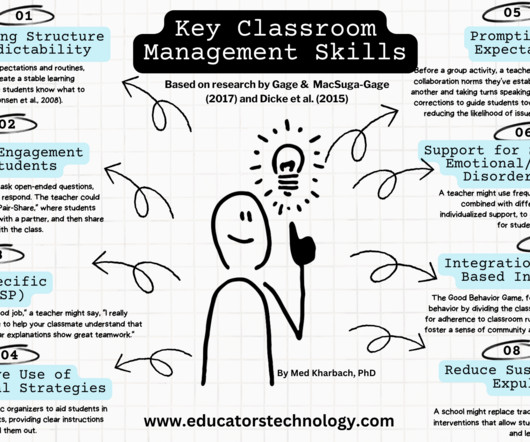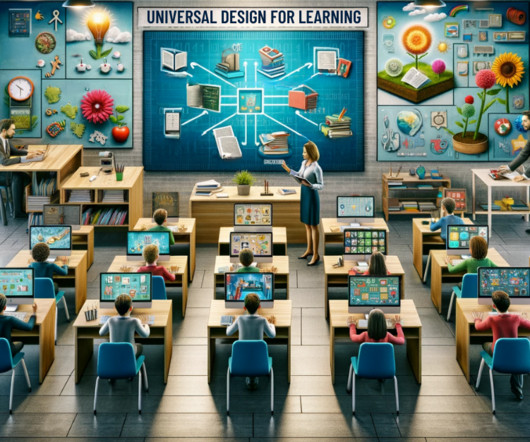Characteristics of The 21st Century Classroom
Educational Technology and Mobile Learning
JANUARY 4, 2024
When I embarked on my teaching journey back in 2003, the landscape of the classroom was quite different from what we see today. This can involve differentiated instruction strategies where tasks are tailored to each student’s learning pace and style. ” Both critical thinking skills (e,g., link] Martell, C.















Let's personalize your content